The Fundamental Design and Function
When we ask ‘is a motorcycle an automobile?’, it’s key to explore the basics. The fundamental design and function of motorcycles and automobiles reveal inherent differences and similarities. Motorcycles are two-wheeled vehicles, usually with an engine placed between the rider’s legs. The rider mounts the motorcycle much like a horse, exposed to the elements, and steers by handlebars that directly control the front wheel. On the other hand, automobiles generally refer to four-wheeled vehicles, such as cars, trucks, and SUVs. These vehicles feature an enclosed cabin. Steering involves a wheel operating a rack and pinion system.
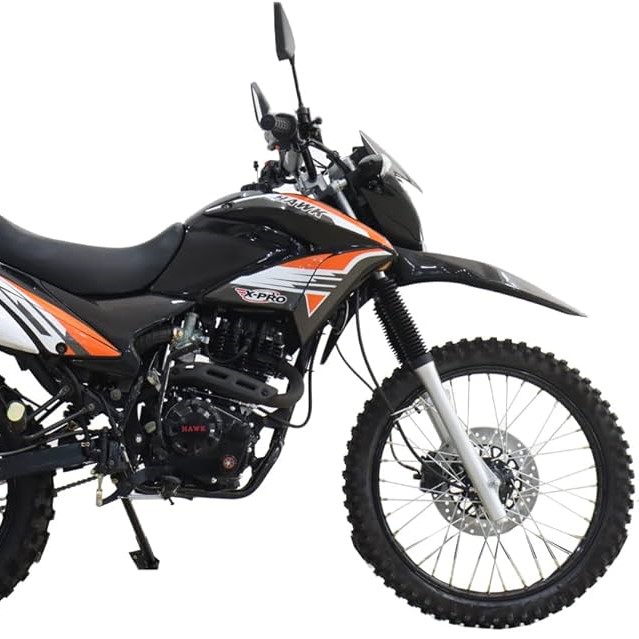
The function of both vehicles encompasses transportation, yet motorcycles excel in maneuverability and ease of parking. Automobiles, being larger, offer more stability, cargo space, and seating. Both are powered by internal combustion engines, although electric options are rising in popularity. Yet the way power transmits to the wheels varies. Motorcycles typically use a chain drive or belt drive, while automobiles usually rely on a complex transmission system. Understanding these details helps clear up whether a motorcycle fits the broader ‘automobile’ category. Given these points, the overlap exists, yet the distinctions are considerable.
Legal Definitions and Classifications
When debating ‘is a motorcycle an automobile?’, legal terms come into play. Lawmakers provide specific definitions and classifications for vehicles, affecting how they must comply with various regulations. In most jurisdictions, the term ‘automobile’ typically refers to four-wheeled motor vehicles designed for road use. They have set standards for emissions, safety, and manufacturer requirements.
Motorcycles fall under a different category. They are defined as two-wheeled vehicles and are subject to their own set of laws. This includes unique requirements for helmets, lane splitting, and licensing. Although they share the road with automobiles, their legal treatment is distinct. This distinction may influence everything from traffic laws to insurance policies.
Understanding these classifications is crucial. They affect the rights and responsibilities of riders and drivers alike. They also guide manufacturers in design and production to meet specific regulatory demands. Clear legal distinctions help maintain order on the roads and ensure each vehicle type meets appropriate safety standards.
Performance and Fuel Efficiency Considerations
When comparing motorcycles and automobiles, performance and fuel efficiency are key factors to consider. Motorcycles are often more fuel-efficient than cars. This is due to their lighter weight and smaller engines. On average, motorcycles can achieve between 40 to 60 miles per gallon. This makes them a great choice for budget-conscious commuters.
On the flip side, automobiles provide better performance in terms of horsepower and acceleration. Cars typically come with more powerful engines. These engines can handle higher speeds and carry more weight. However, this also means cars consume more fuel, averaging about 20 to 30 miles per gallon.
Furthermore, electric motorcycles and cars are gaining popularity. They offer even better fuel efficiency and performance benefits. Electric options produce zero direct emissions. They require less maintenance compared to traditional internal combustion engines.
Performance also includes handling and comfort during the ride. Motorcycles offer more maneuverability, but they can be challenging during bad weather. Automobiles may not navigate traffic as nimbly, but they provide a stable and comfortable ride regardless of weather conditions.
In summary, if one is evaluating ‘is a motorcycle an automobile’ based on performance and fuel efficiency, motorcycles have the upper hand in fuel economy. Cars excel in power and comfort. Deciding between the two depends on personal needs, driving conditions, and environmental considerations.
Safety Features and Statistics
Motorcycles and automobiles differ significantly in safety features and associated statistics. Motorcycles, having less bodywork and no frame around the rider, expose riders to greater risk. This means safety gear, such as helmets, sturdy jackets, gloves, and boots, are essential for protection. Furthermore, motorcycles often come equipped with anti-lock braking systems (ABS) and traction control to enhance safety.
Automobiles, in contrast, come with a range of built-in safety features. These include airbags, seat belts, crumple zones, and advanced driver-assistance systems like lane departure warnings and automatic emergency braking. The structure of a car with its enclosed cabin also naturally provides more protection upon impact.
Statistics show that motorcycles experience a higher rate of fatal accidents than automobiles. The National Highway Traffic Safety Administration (NHTSA) reports that per vehicle miles traveled, motorcyclists are 27 times more likely than passenger car occupants to die in a crash.
Despite these figures, many motorcyclists invest in advanced safety courses and gear to mitigate risks. Automobile drivers, on the other hand, benefit from extensive safety testing and vehicle design geared towards minimizing injury.
The choice between riding a motorcycle or driving an automobile often comes down to considering these safety aspects. One’s willingness to wear appropriate gear and engage in safe riding practices can influence this decision greatly. Understanding both the features and statistics helps in making an informed choice on whether ‘is a motorcycle an automobile’ when it comes to safety concerns.
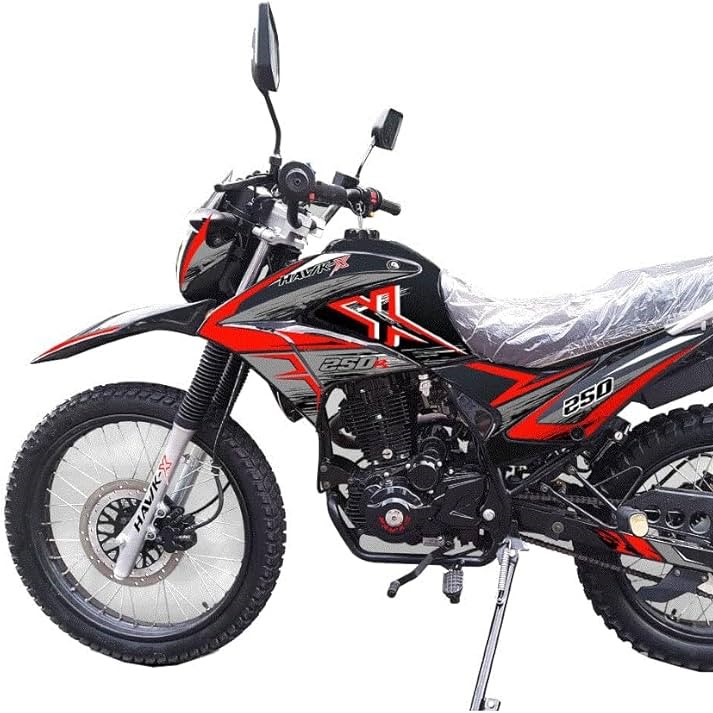 Cost of Ownership and Maintenance
Cost of Ownership and Maintenance
When debating ‘is a motorcycle an automobile?’, cost factors, such as ownership and maintenance, are pivotal to consider. The initial purchase price for motorcycles is often lower than that of automobiles. This can be an attractive point for those seeking a more budget-friendly option. Motorcycles typically range from a few thousand dollars to around $30,000 for high-end models. Conversely, automobiles can start at around $20,000 and can go well beyond $100,000 for luxury cars.
Maintenance costs for motorcycles are usually less too, partly due to their simpler mechanics. They require fewer fluids, and less frequent tire and brake replacements compared to cars. However, motorcycle tires may need replacing more often due to wear. It’s important to remember that while car owners might not need to change their vehicle’s oil as often as motorcycle riders do, when they do, it’s usually a more expensive endeavor due to the greater oil capacity of cars.
Insurance costs add another layer to the ownership expense. Motorcycle insurance is typically cheaper than car insurance, reflecting the lower replacement cost. But, it’s important to factor in the rider’s experience, age, and driving record, which can significantly impact the insurance rate.
Ultimately, if one is considering ‘is a motorcycle an automobile?’, the costs involved paint a clear picture of the differences. In summary, motorcycles can be a more cost-effective choice, especially with lower upfront costs and maintenance expenses. Such factors make it crucial to evaluate one’s budget and usage patterns before deciding between the two.
Environmental Impact and Emissions
When exploring whether ‘is a motorcycle an automobile?’, it’s crucial to consider environmental impact and emissions. Motorcycles typically have smaller engines and produce fewer emissions than cars. Due to their lighter weight, they consume less fuel, which leads to a reduced carbon footprint.
However, it’s not always a clear win for motorcycles. They often lack advanced emission control systems found in modern automobiles. Cars have benefited from more stringent regulations, pushing manufacturers to develop cleaner technology. As a result, many new cars come with features such as catalytic converters and sophisticated engine management systems designed to lower harmful output.
Electric motorcycles and cars shift this comparison even further. They offer near-zero emissions while driving. This is a significant step toward reducing environmental impact. By choosing electric models, riders and drivers can contribute to a cleaner environment.
Emissions not only affect the planet but also public health. Poor air quality can cause respiratory issues and other health problems. By using vehicles with lower emissions, individuals can help decrease air pollution levels.
In conclusion, the environmental impact of motorcycles and automobiles varies broadly. While motorcycles may have the upper hand in fuel consumption, modern cars often lead in emission controls. Electric options represent the future of eco-friendly transportation, offering compelling advantages for both types of vehicles.
Lifestyle and Cultural Associations
Discussing ‘is a motorcycle an automobile?’ extends beyond technical and legal aspects to cultural perceptions. Motorcycles often symbolize a sense of freedom and adventure. The iconic image of a motorcycle rider is often associated with independence and a free-spirited lifestyle. This imagery permeates through media and is celebrated in films and music, influencing many people’s views on motorcycle culture. On the other hand, automobiles are frequently seen as a symbol of comfort, family, and stability, often associated with the daily commute and practicality.
For many enthusiasts, motorcycles are a passion and a hobby, not just a mode of transport. Motorcycle clubs and events bring together communities who share this passion. Riders often form tight-knit groups, bonding over their love for the open road and the machines that take them there. Automobiles, while also having their enthusiast groups, are generally more mainstream and cater to a broader audience, from families to professionals.
Cultural associations also influence the choice of vehicle. For example, in urban areas, people might choose motorcycles for their agility and ease of navigation. In contrast, automobiles are sometimes chosen for comfort and safety, particularly in suburban and rural areas where travel distances can be greater.
In conclusion, the lifestyle and cultural associations of motorcycles and automobiles reflect different values and experiences. Whether or not one views a motorcycle as an automobile may vary, often influenced by individual lifestyle choices and cultural contexts.
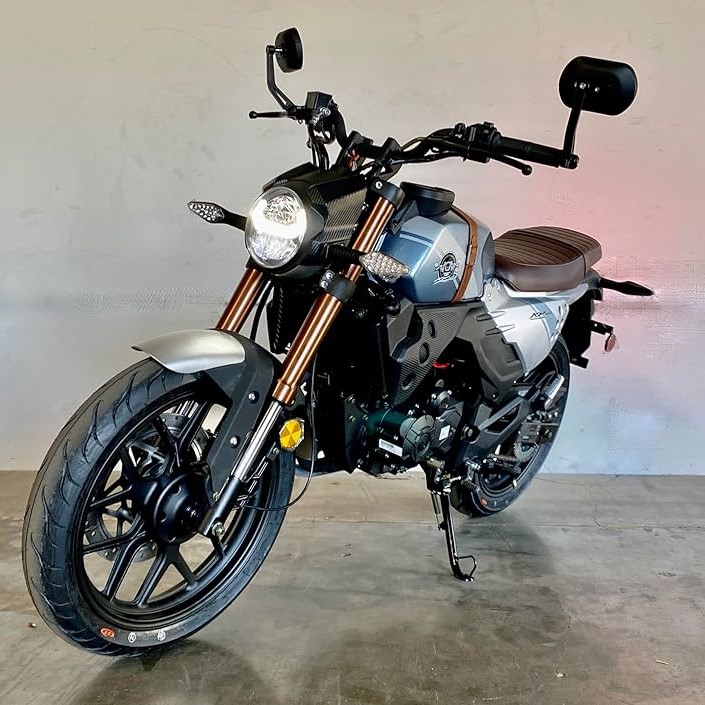 Comparing Insurance Requirements and Costs
Comparing Insurance Requirements and Costs
When contemplating ‘is a motorcycle an automobile?’, examining insurance requirements and costs is fundamental. Motorcycles and automobiles, while both requiring insurance, have differing needs and price points. Here’s a closer look at the two:
For motorcycles, insurance may be more affordable due to their lower purchase price. However, the rates can fluctuate based on riding history, model, engine size, and security measures. In general, motorcycle riders must have at least liability coverage. This includes protection against damage or injury to others if the rider is at fault. Additionally, optional coverages like comprehensive and collision can protect the motorcycle itself.
Automobile insurance typically comes with higher premiums, reflecting the vehicle’s value and repair costs. Car owners must maintain a minimum level of liability coverage as well, which is often higher than for motorcycles. Policies for cars can also include comprehensive, collision, and personal injury protection. Factors that affect car insurance rates involve driving record, car make and model, as well as safety features.
It’s also worth noting that location hugely influences insurance premiums for both motorcycles and automobiles. Urban areas, with higher traffic and theft rates, may see increased costs. Conversely, rural areas might benefit from lower rates due to reduced risks.
In summary, while both motorcycles and automobiles need insurance, the nature of coverage and costs varies. Motorcycles typically incur lower insurance costs, but bear unique risks. Automobiles, carrying heavier insurance requirements, reflect their role as everyday transport for many. Individual circumstances and vehicle features play significant roles in determining the exact costs one will face.

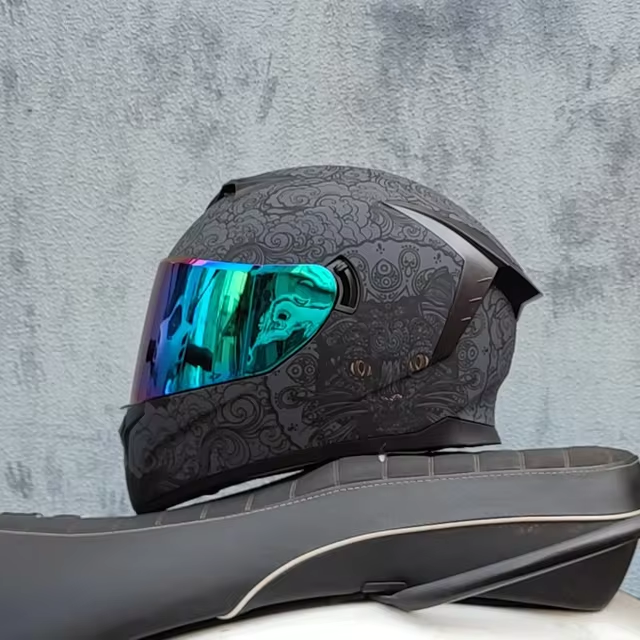
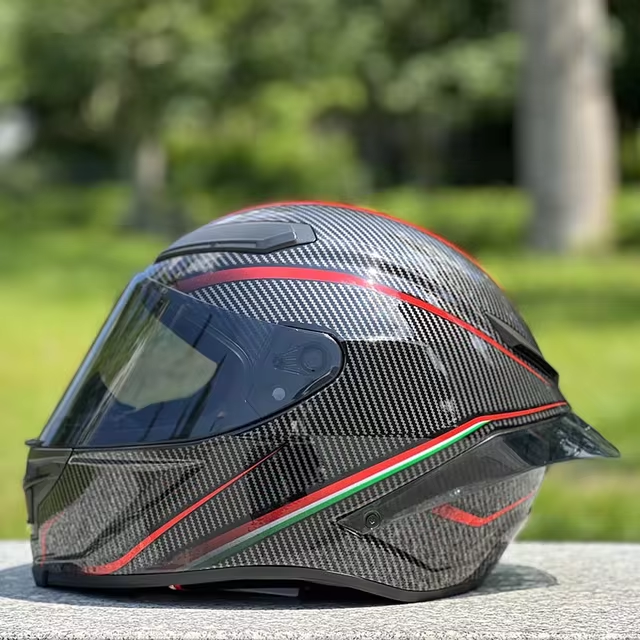
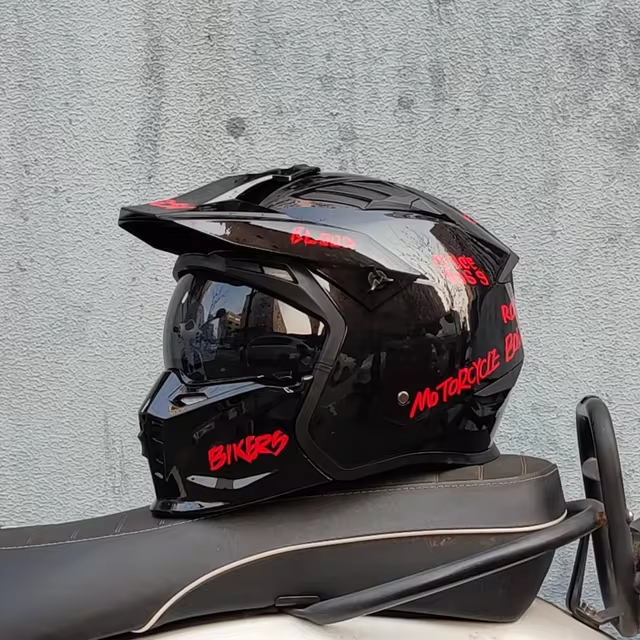 Improving Awareness and Safety on the Road for Riders
Improving Awareness and Safety on the Road for Riders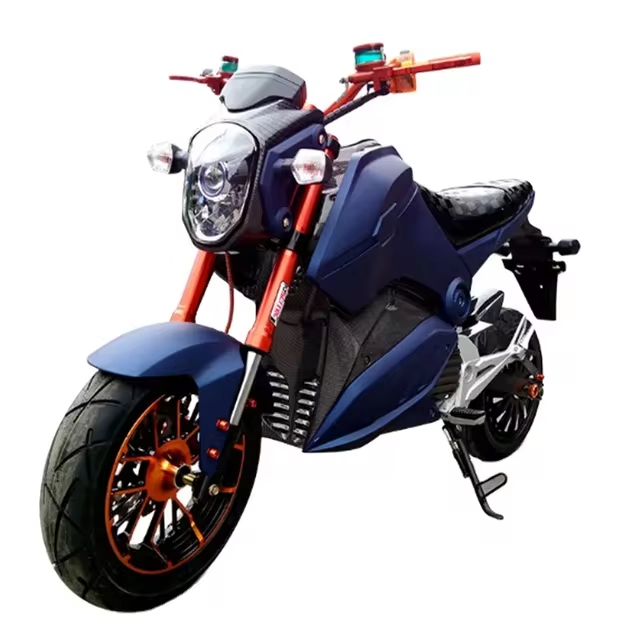
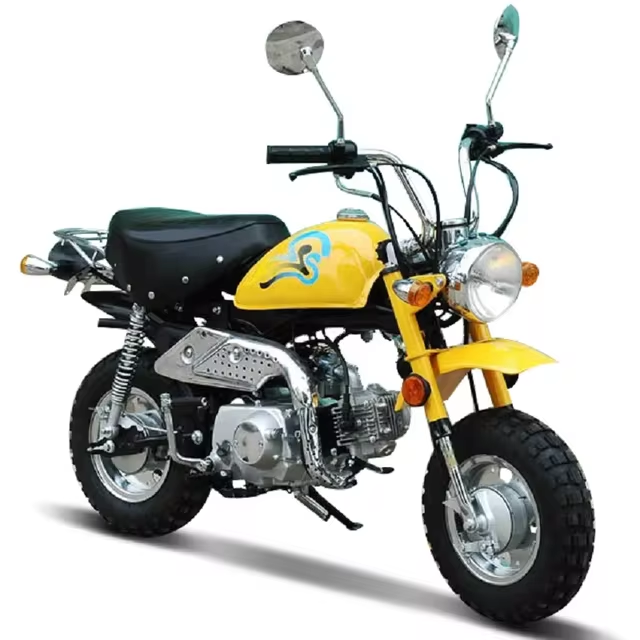 Building Your Motorcycle Accident Case
Building Your Motorcycle Accident Case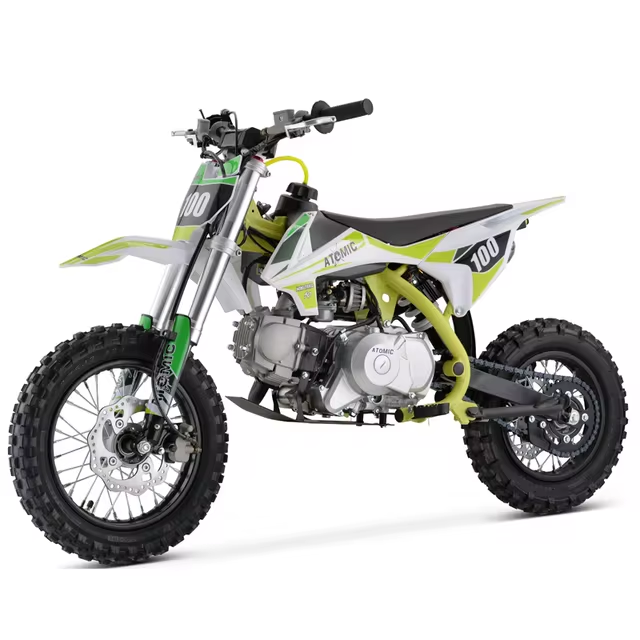 Final Thoughts on Choosing a Motorcycle Accident Attorney
Final Thoughts on Choosing a Motorcycle Accident Attorney
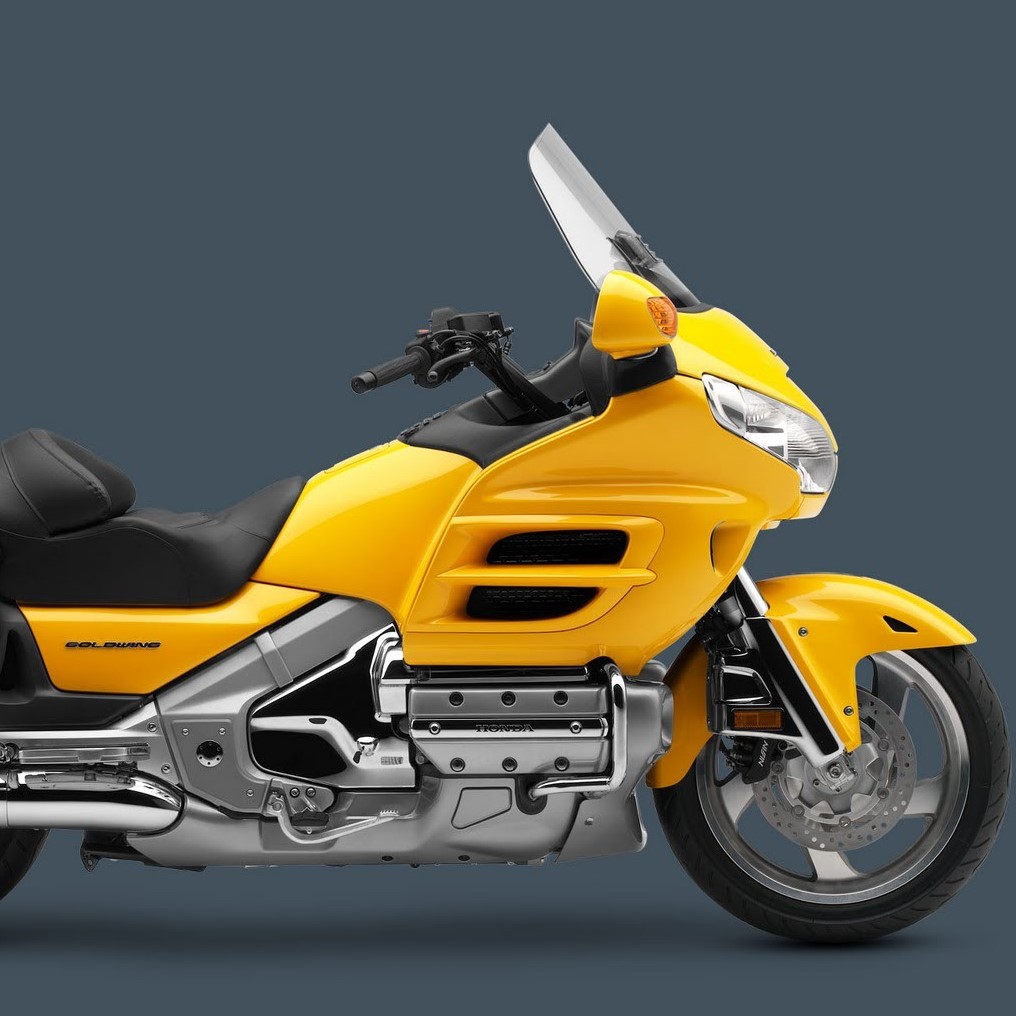 Iconic Gold Motorcycles in Pop Culture
Iconic Gold Motorcycles in Pop Culture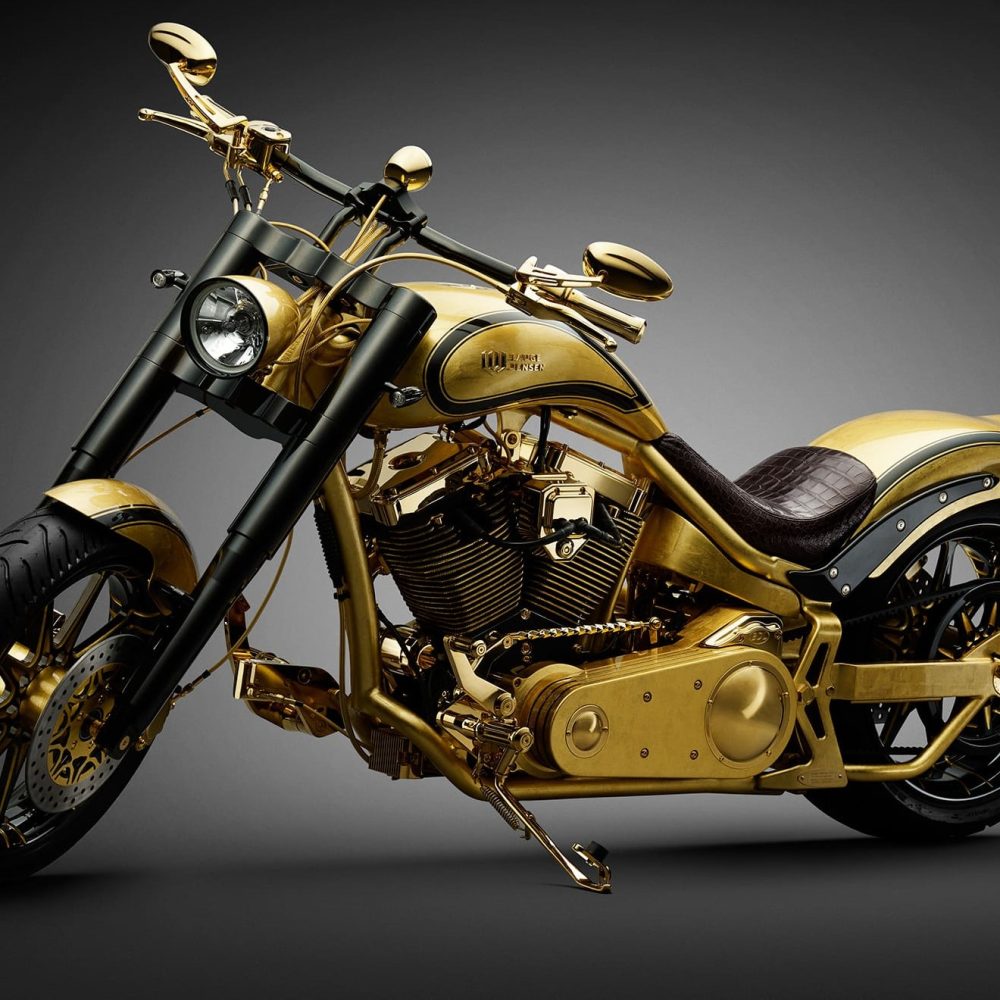 Community and Events for Gold Motorcycle Enthusiasts
Community and Events for Gold Motorcycle Enthusiasts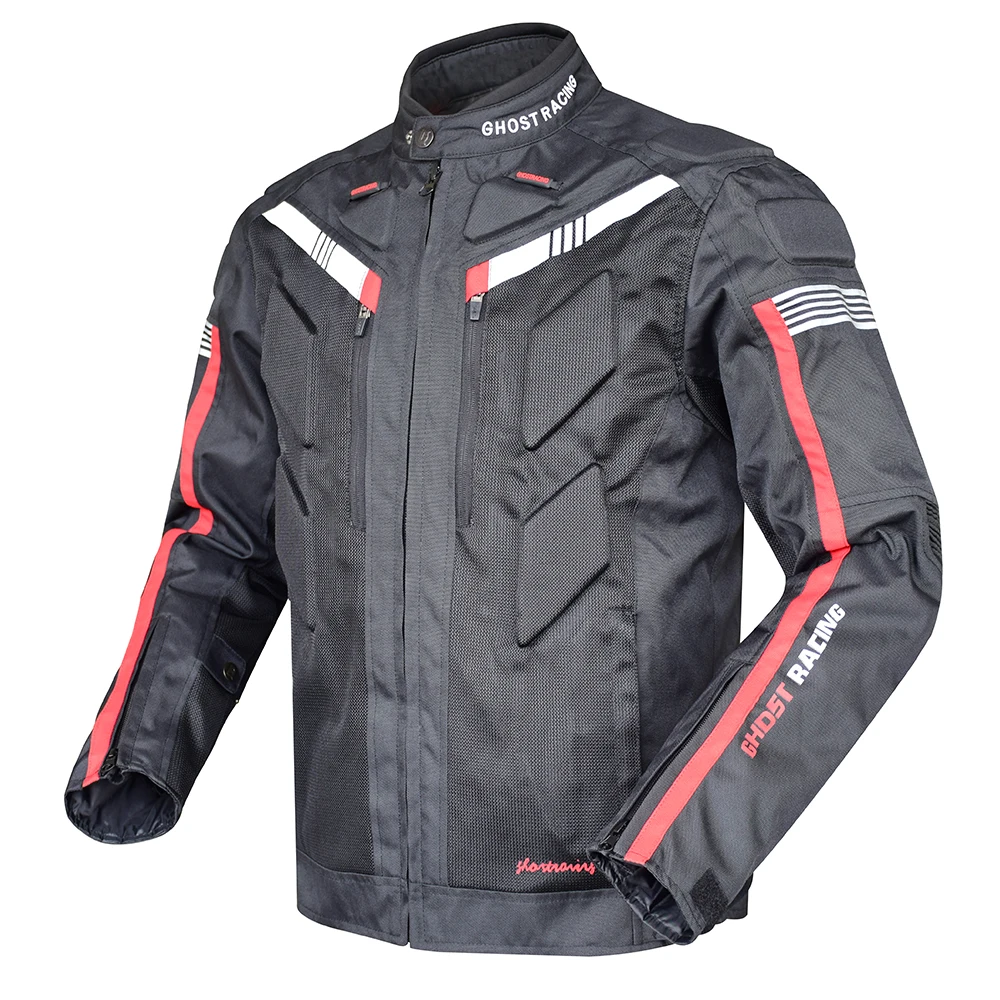
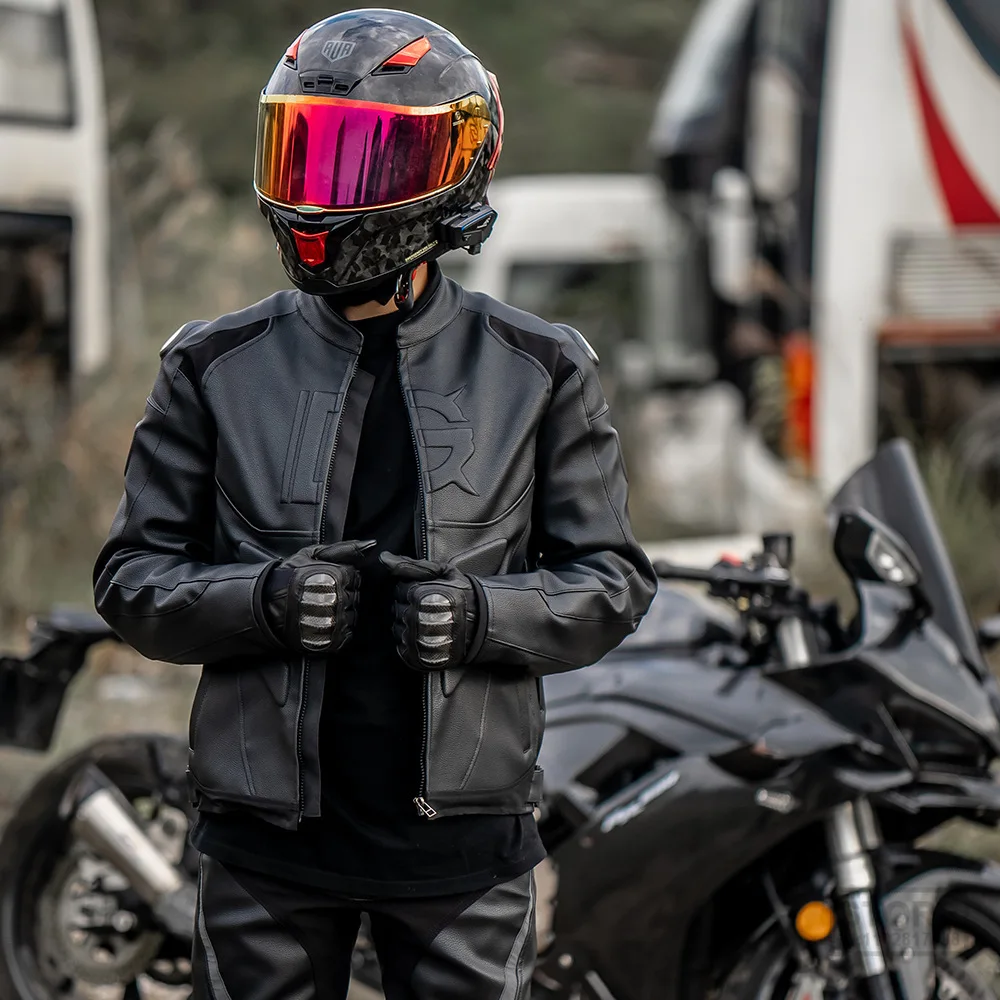 Popular Brands and Models
Popular Brands and Models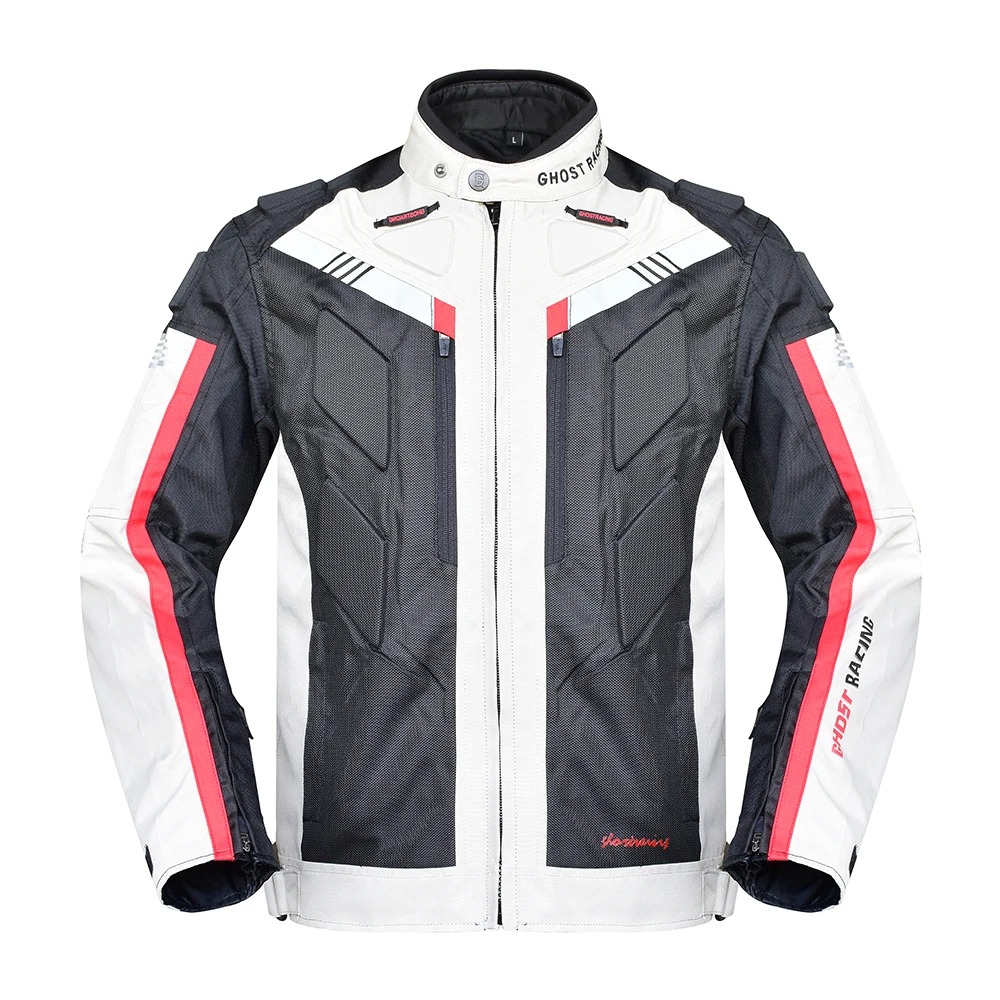 Safety Tips for Riding in Hot Weather Conditions
Safety Tips for Riding in Hot Weather Conditions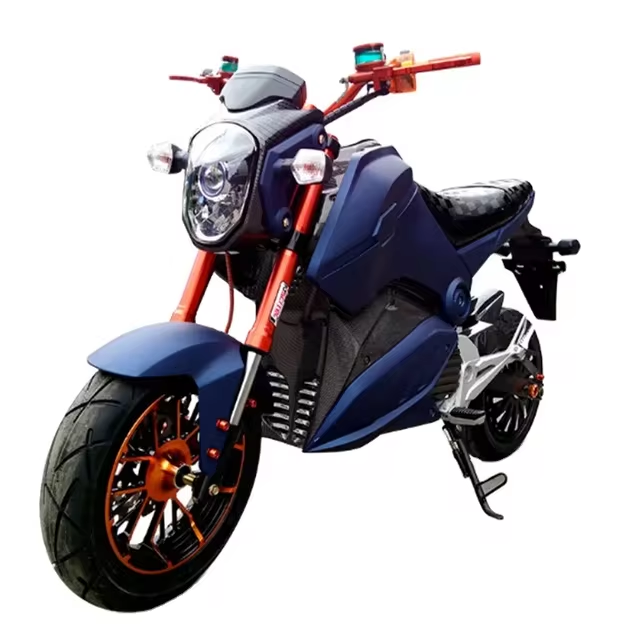
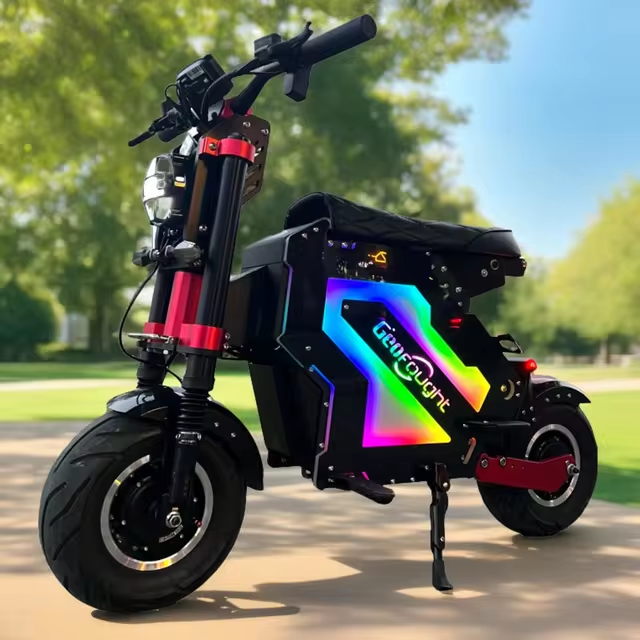 Step-by-Step Application Process
Step-by-Step Application Process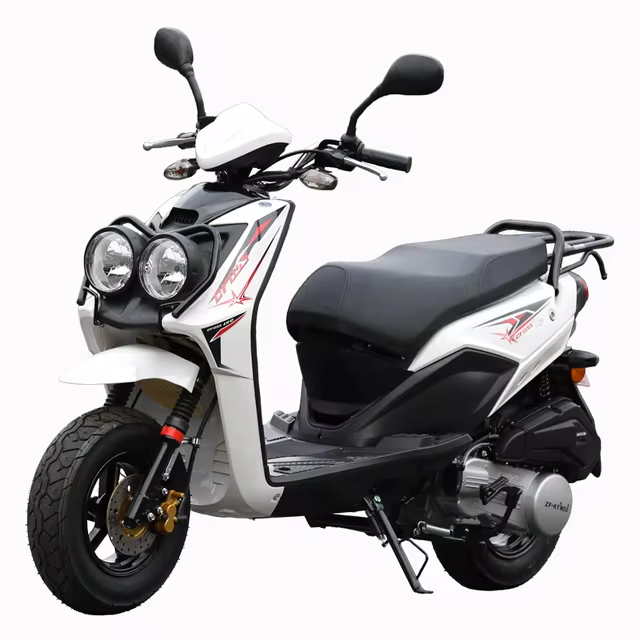 Renewing and Maintaining Your Motorcycle License
Renewing and Maintaining Your Motorcycle License
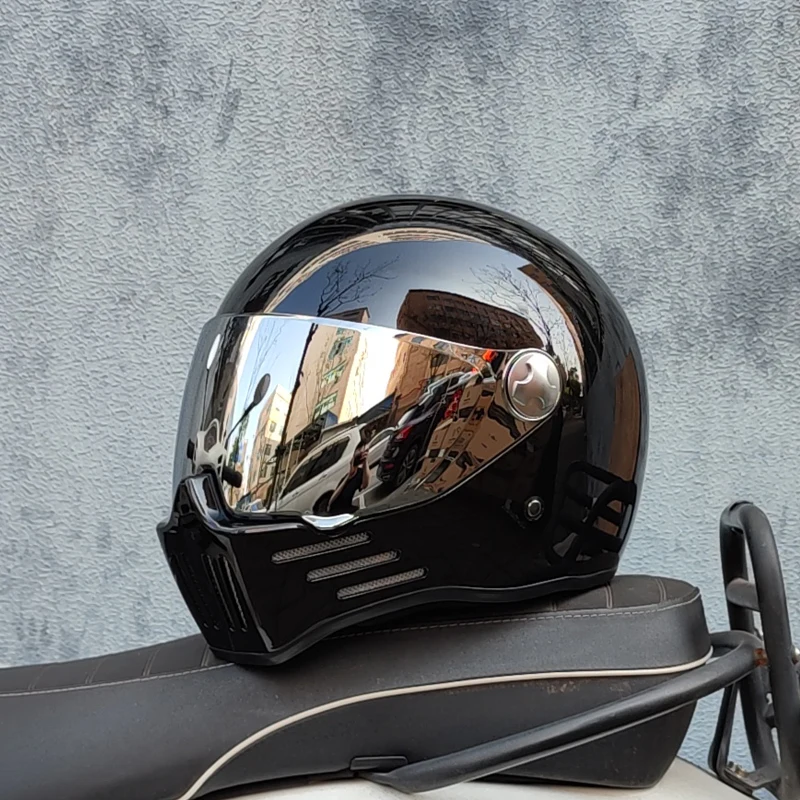
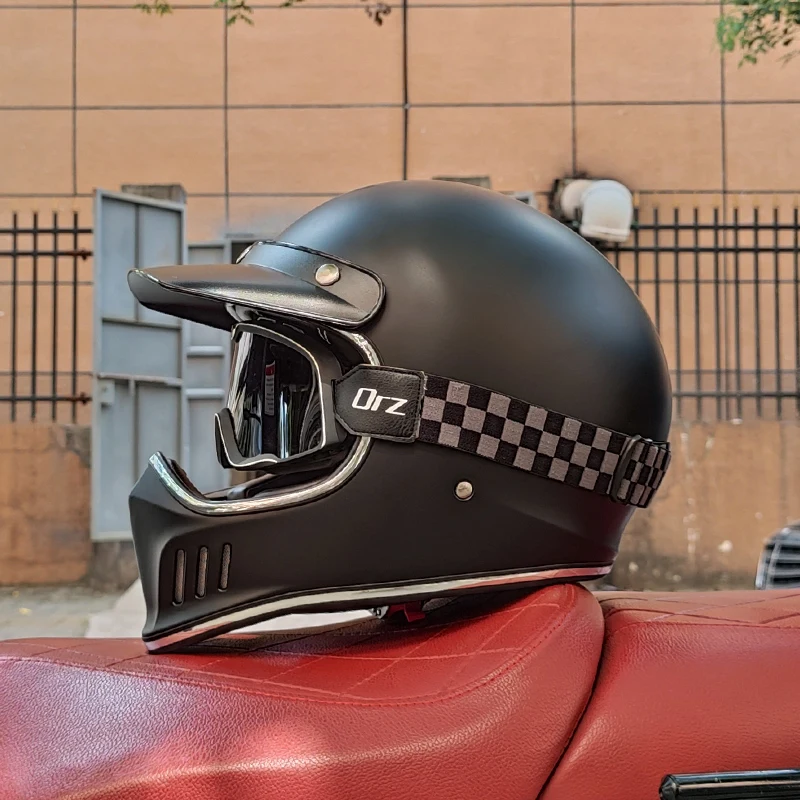 Conclusion: Embracing Safety and Style with Cruiser Motorcycle Helmets
Conclusion: Embracing Safety and Style with Cruiser Motorcycle Helmets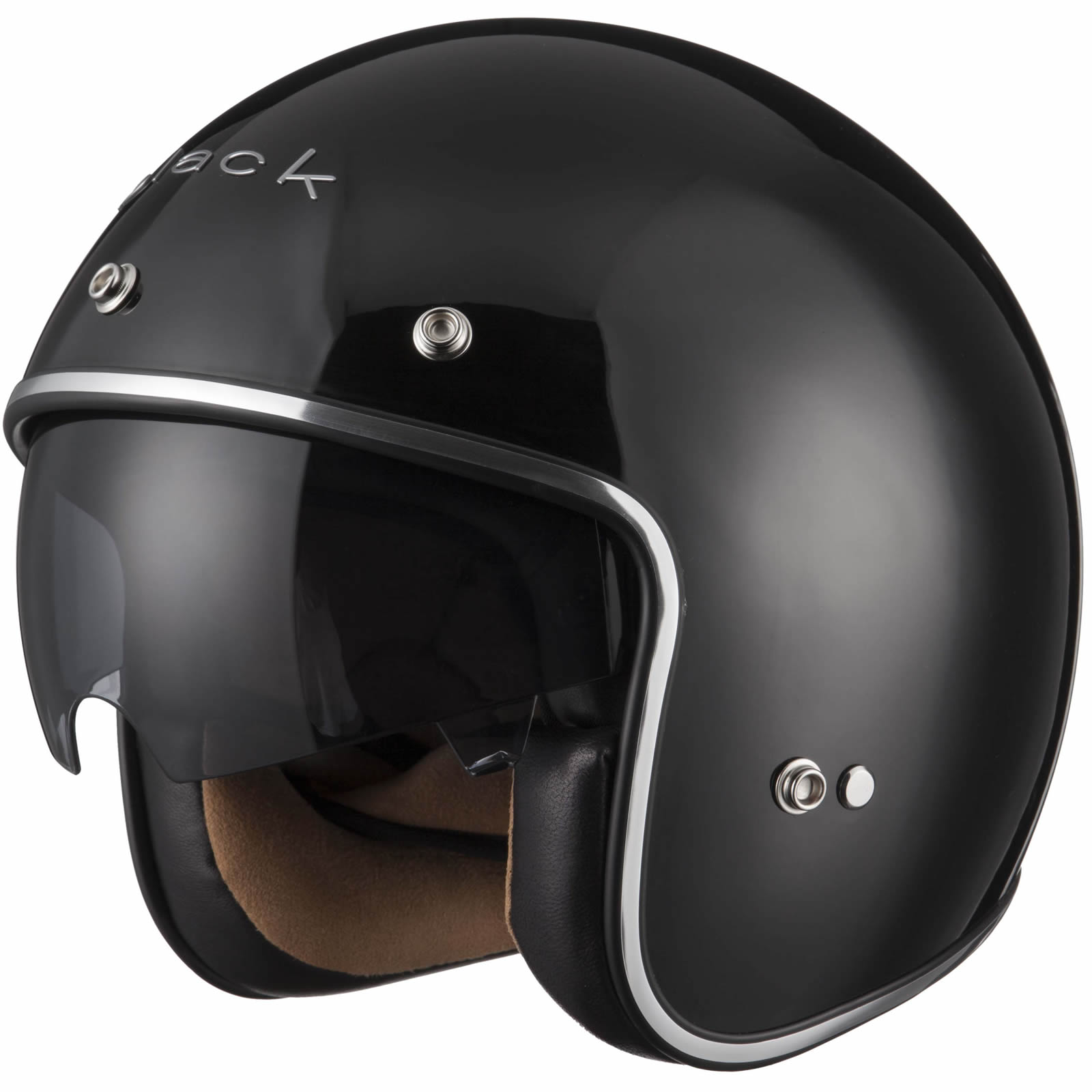
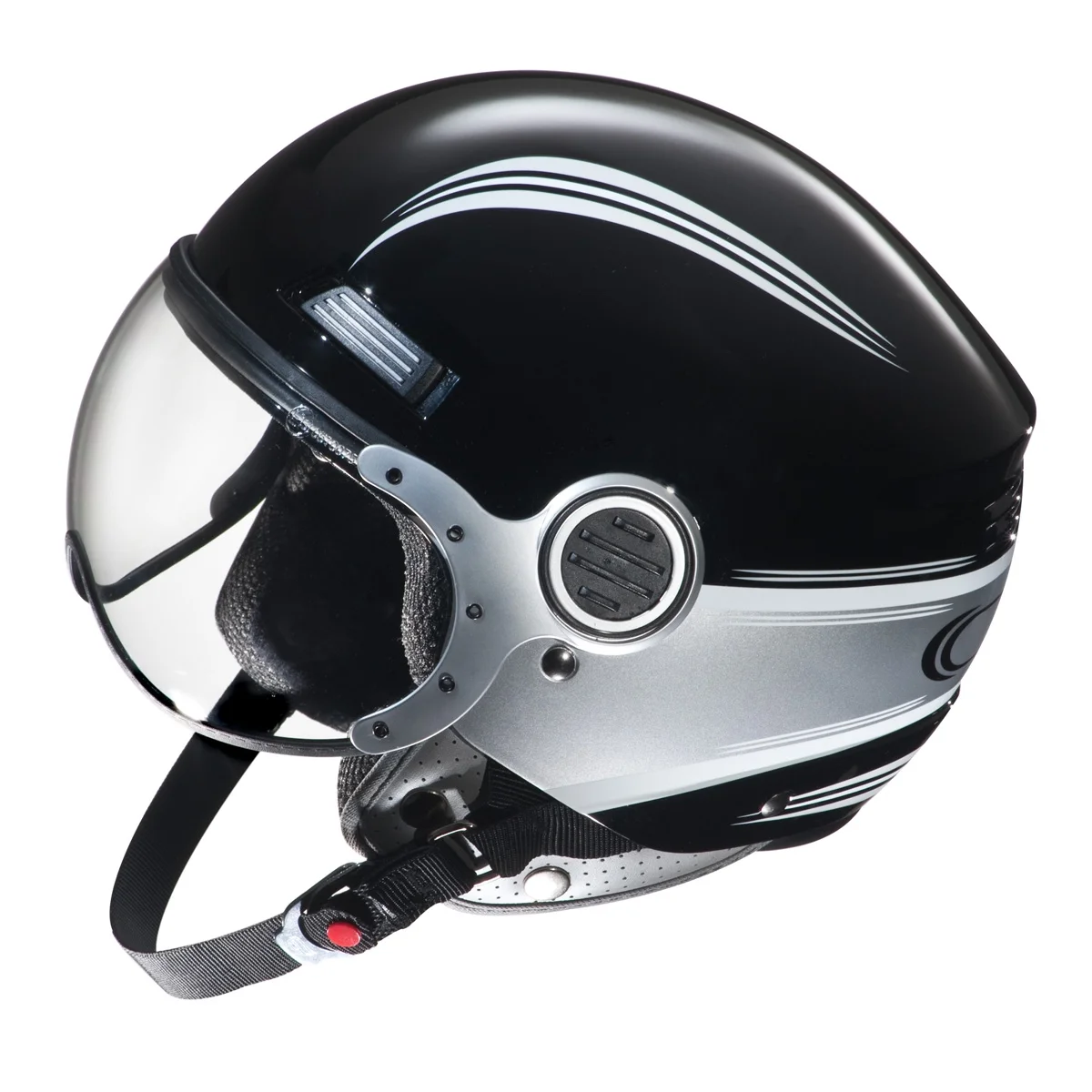
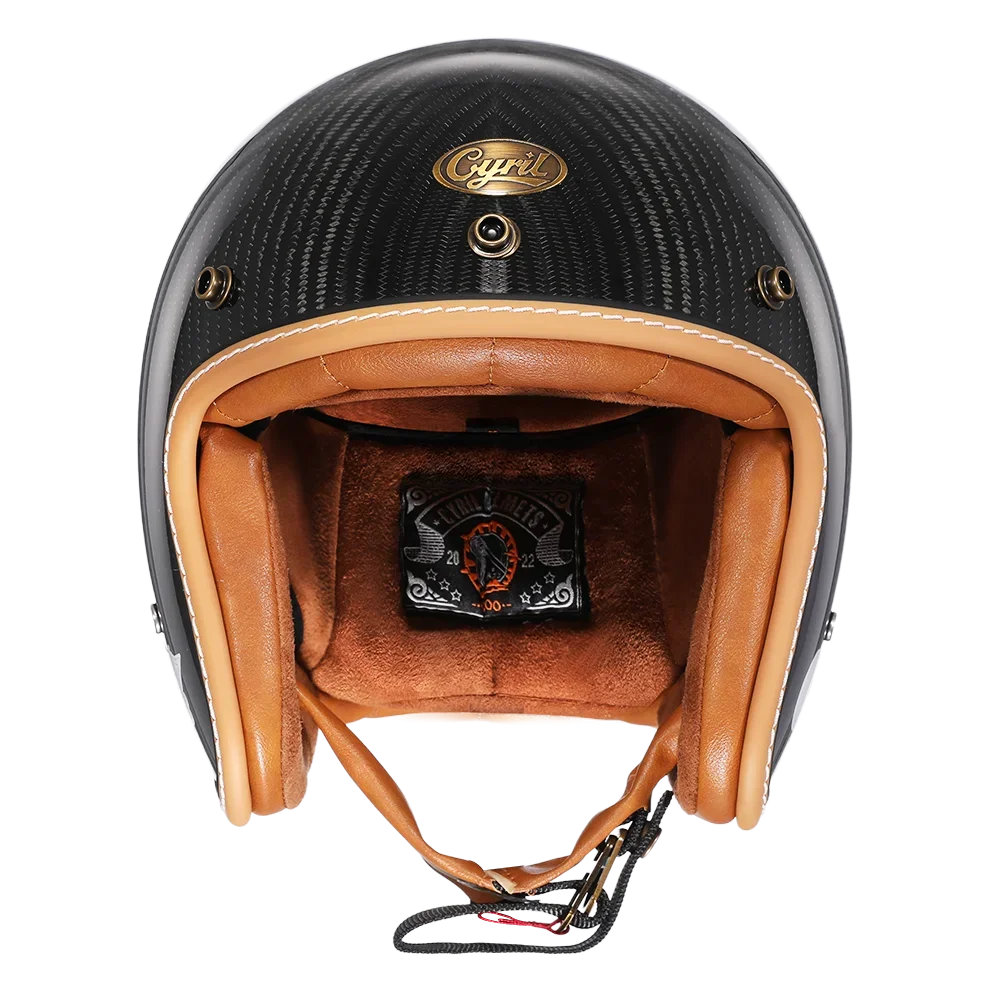 Conclusion
Conclusion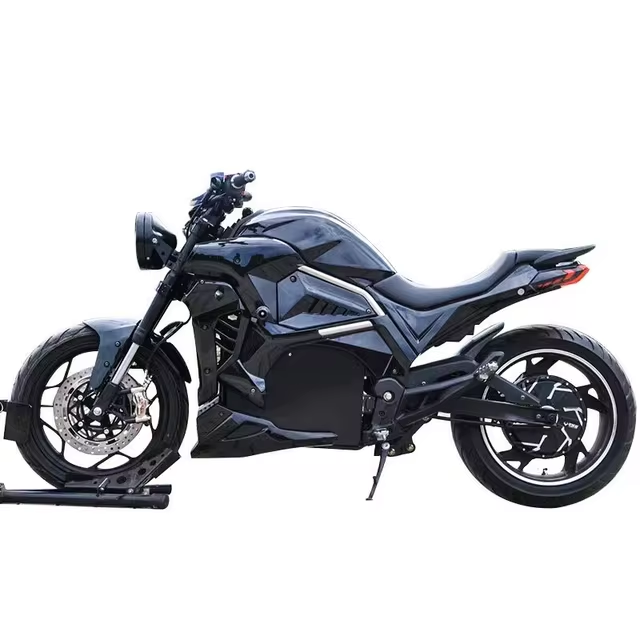
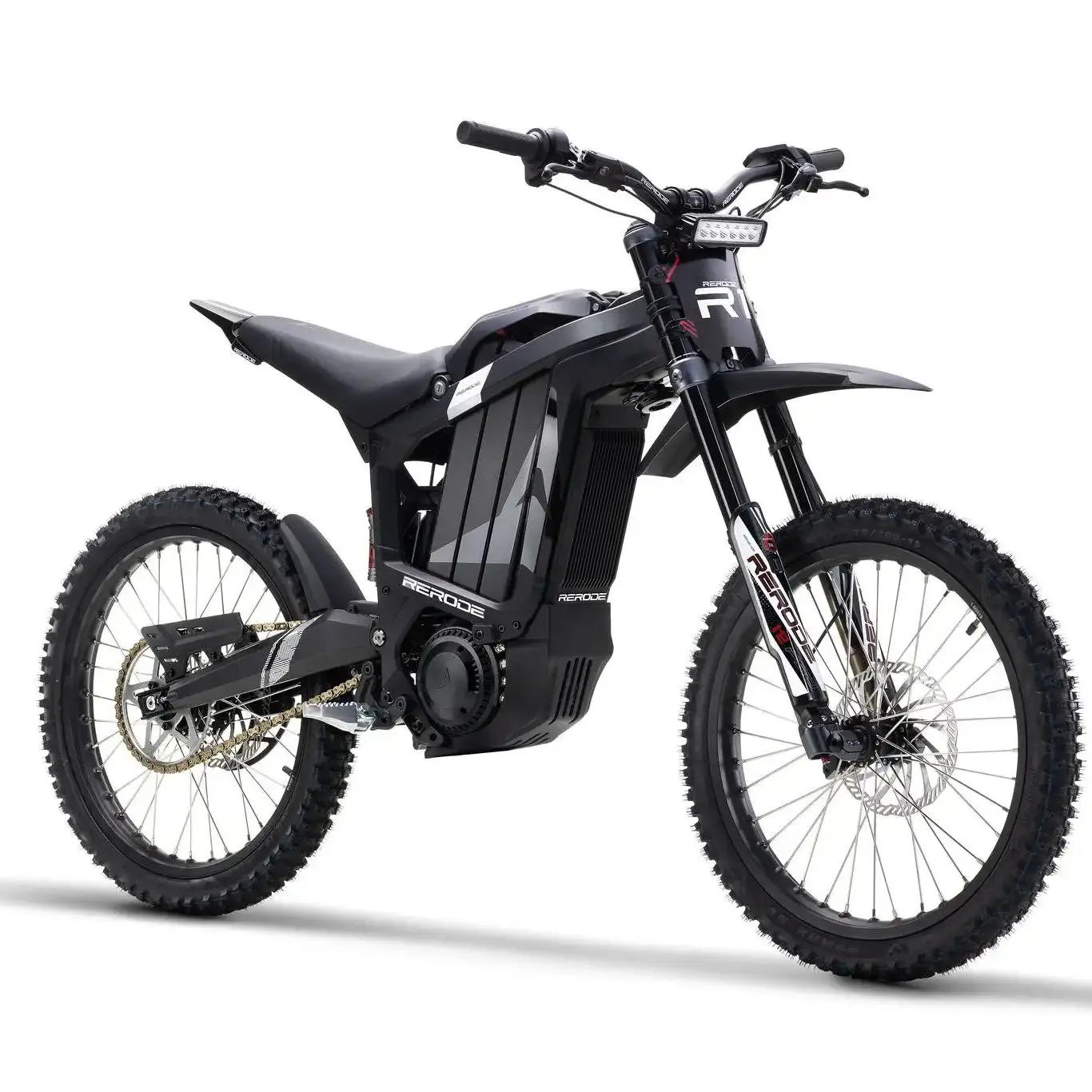 Advancements in Motorcycle Safety and Comfort
Advancements in Motorcycle Safety and Comfort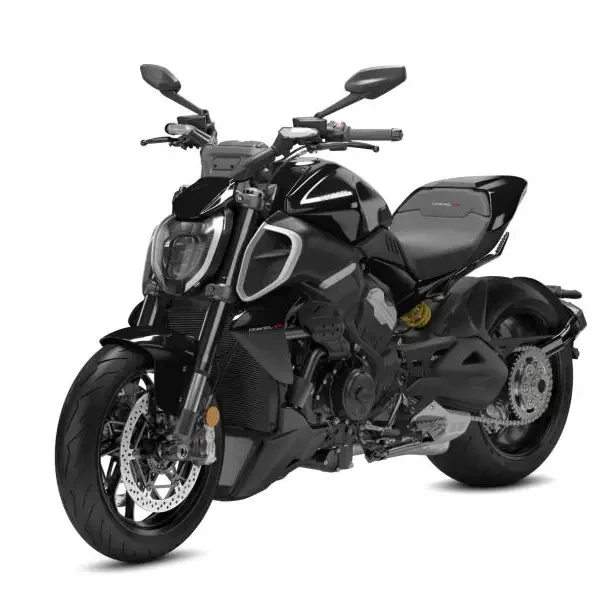 The Shift Towards Lightweight and Compact Urban Bikes
The Shift Towards Lightweight and Compact Urban Bikes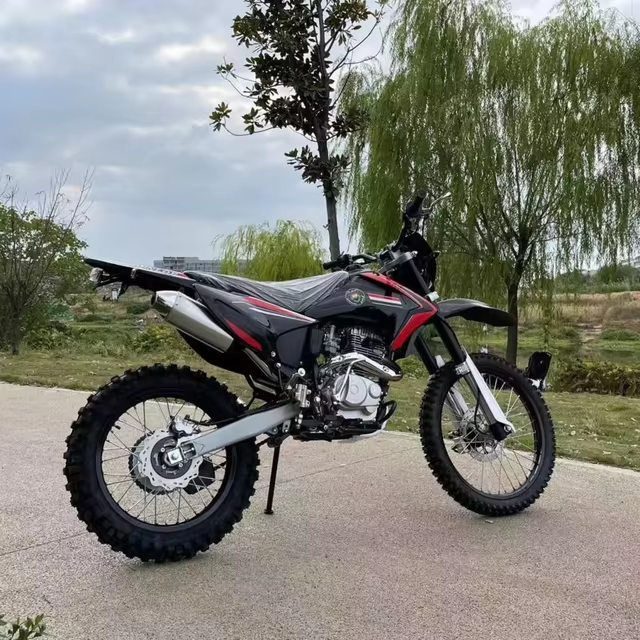
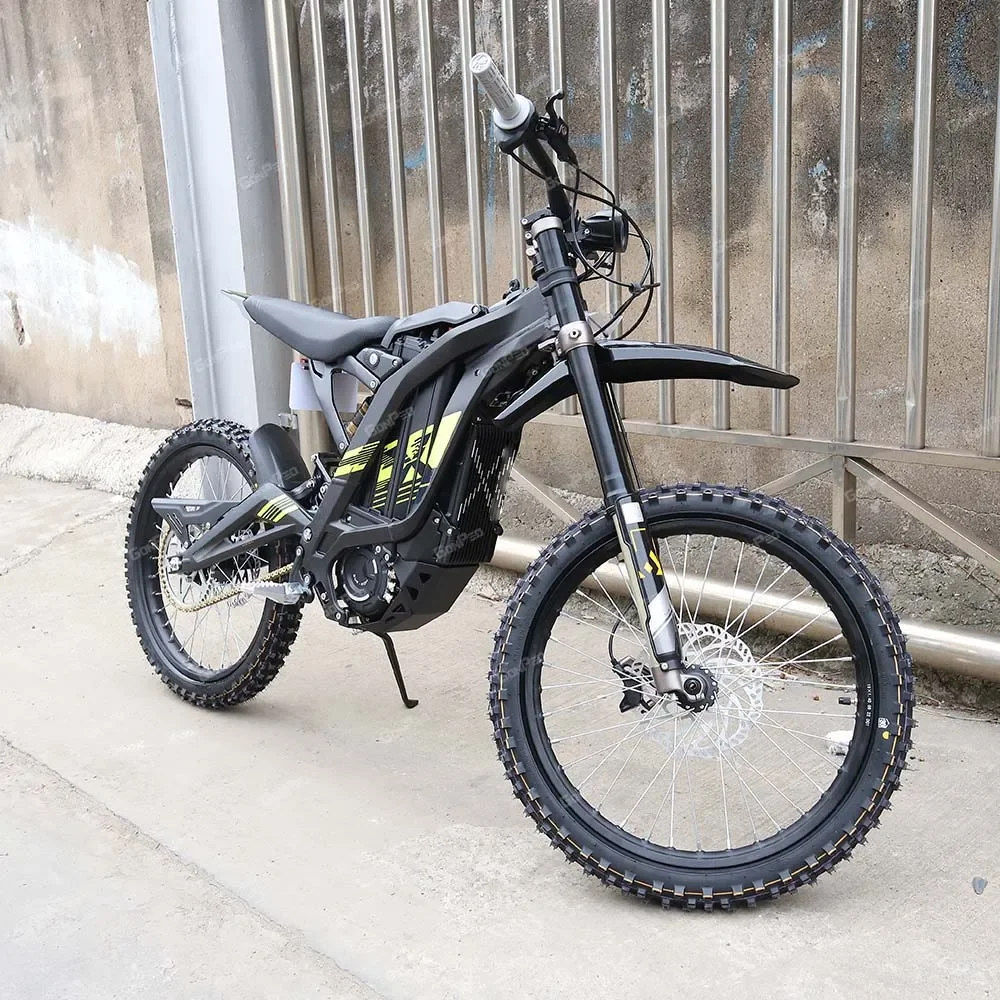 Advantages of Automatic Transmissions in Motorcycles
Advantages of Automatic Transmissions in Motorcycles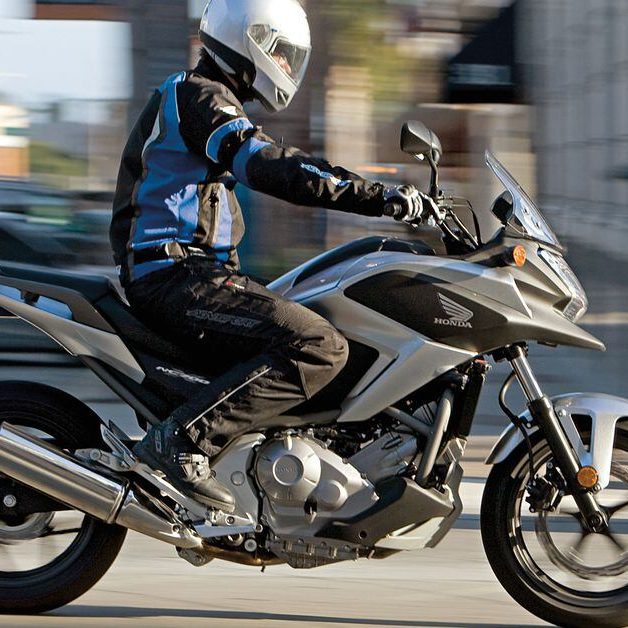 The Future of Motorcycle Transmissions
The Future of Motorcycle Transmissions